A Food Photographer's Opinion of Four Different Filters
This post contains affiliate links.
Filters that I use
62mm ND Fader Variable Neutral Density Adjustable ND Filter ND2 to ND400
49mm Slim HD Multi-Coated Variable Polarizing ND Neutral Density Adjustable ND2 ND4 ND8 to ND400
55mm Slim HD Milti-Coated Variable Polarizing Fader ND Neutral Density Adjustable ND2 to ND400
49mm Alpha Circular Polarizer Filter
40.5mm NXT Circular Polarizer Filter - Low Profile Aluminum Frame
ND Filter Kit 52mm MRC 12-Layer: ND8, ND64, ND1000
Over the years of my photography career, I’ve carried lots of equipment around and gone through all different types and brands of equipment. One thing I’ve learned from this is that equipment is heavy- it’s important to always travel light, both while on shoots and at the studio. A very specific piece of equipment falls into the category, and it’s somewhat a challenging topic in the stock photography community, and that’s filters. Some people are convinced that filters are a must-have, and are very important. Others believe that filters do nothing but add weight to your equipment. If you’re trying to figure out whether or not you want to be using filters in your photography, it’s important to look at the different types of filters and consider the pros and cons of using them.
For me, I find that filters are unnecessary. As a food photographer, I don’t need light-based filters, as I work in a studio with controlled lighting. I later talk about some filters that I do use and why they work for food photography, but it’s important to understand why filters can be both good and bad for your photography.
Pros of Using Filters:
They Offer Utility for Outdoor Photographers- Filters offer great utility for outdoor photography, where it’s impossible to control the lighting. Whether fighting glare or too much direct sunlight, many filters can help change the lighting situation you’re shooting in.
Can (Sometimes) Protect Equipment- It would make sense that putting a filter on the end of your lens will help protect the fragile lens, but that is only sometimes the case. Over the years, I’ve only had a couple of situations in which a filter protected my lens from damage, but it’s a gamble whether or not they will actually protect your lens.
Improves Certain Materials- Using polarized filters for some materials that you don't want to show reflections of, such as glass, will help control the reflections. This is a small pro of using filters in the studio, but can sometimes come in handy.
Cons Of Using Filters:
Can Damage your Lens- I’ve been in multiple situations where filter damage has not only cost me a new filter but also damaged my lens as a result. When a camera is dropped, filters can sometimes damage the lens they were supposed to protect. It’s a personal preference whether or not you want to take that gamble, but I find being extra careful is much more worth taking risks with lenses.
They Offer Little Utility for Food Photographers- Since you’ll be working in a controlled studio, filters that affect light won’t be very useful for food photography. They can become burdensome and a challenge to change your camera settings every time you use a filter, so I try to stay away from filters (for the most part) when in the studio.
They Provide Space for Dust and Particles- In photographs, it’s quite easy to see any dirt or dust on your lens, so it’s very important to keep your lens as clean as possible. When using filters, however, it becomes very easy for particles to get caught between your lens and the filter, which becomes quite hard to clean. Whether in studio or outside, this is detrimental to all your photos and videos and is one of the most compelling reasons to not use filters.
They Can Remove Material Context from Objects- This is a bit more nitpicky, but it’s important to understand, especially when your photography becomes detail-oriented. Polarized filters do well to remove glare, which is mostly a bad thing for outdoor photography, but glare can sometimes be necessary for food photography. Glare can give context to material and is important to understand the material of an object. For example, if a stainless steel piece of cookware does not have any glare, it can give a more dull look.
Understanding the pros and cons of using filters, they sometimes hold a place in my photography equipment. Here are some filters that I use both in the studio and outdoors, what they do, and what I think of them.
UV Filter- UV filters are the simplest of filters, as they are just a piece of high-quality glass, meant to protect your lens. As I said earlier, this can sometimes be a gamble whether or not it’ll actually work. UV lenses also protect the elements of your lenses, which is good if you’re in direct sunlight. I find that putting a piece of lower-quality glass in front of the high-quality lens can affect the quality of your shots, but if you’re clumsy and want to protect your lens, a UV filter works just fine.
Polarized Filter- These filters are extremely useful when shooting in an outdoor situation. They reduce glare from reflections or direct light, and so they’re useful when shooting landscapes. Though they aren’t strong enough with direct sunlight, I still find use with them with outside grill shoots. For food photography, they fill a very specific niche, so I still don’t think they’re a must-have.
ND Filter- ND (Neutral Density) filters reduce the intensity of light and colors and can be controlled by spinning the filter on your lens. I find these to be a bit more useful in outdoor shoots, as I can change the light and colors of the shot without fiddling with my settings. ND filters, however, cannot control glare, which is important when shooting outside. I’m starting to enjoy using this filter, as it offers some utility to my outdoor shoots as the summer rolls around. The Adjustable ND filter I use lets me adjust between ND 2 and ND 400.
2-in-1 ND and Polarizer Filter- This filter offers all the advantages of both a polarizing and ND filter, so it will control glare and be able to control light at the same time. This filter is good for outdoor shoots, specifically my recent Homemade Pizza on the Grill shoot, as I can react to the outside conditions without changing any settings or add any more filters, and reduce glare at the same time. With this filter, I have both a polarizing filter and the ability to have ND 2 to ND 32. Without this filter, shooting outside can become a problem, as you can’t control the sun and the lighting conditions, so it’s best to have control over your camera. The same effect could be achieved by combining both a polarizer and ND filter, but this adds a lot more space for dirt and dust to collect between filters. Though these filters aren’t produced for all lens sizes, they can still prove to be useful to have an all-in-one filter for the occasional outdoor shoot. These filters can be more expensive than others, but they have lots of value in their convenience, especially when shooting alone, and you don’t have any assistants to produce shade.
This post contains affiliate links.
#foodphotographer #foodphotography #camerasafety #camera #cameraequipment #stockphotography #stockfootage #foodphotoshoot #studioequipment #studiophotography #studiophoto #photostudio #photography #studiophotography #videography #photofilters #filters #ndfilters #plfilters


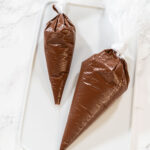


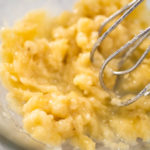

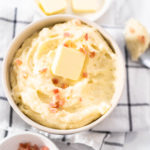

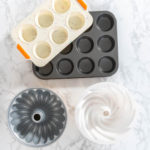
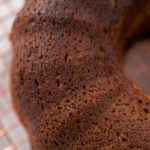


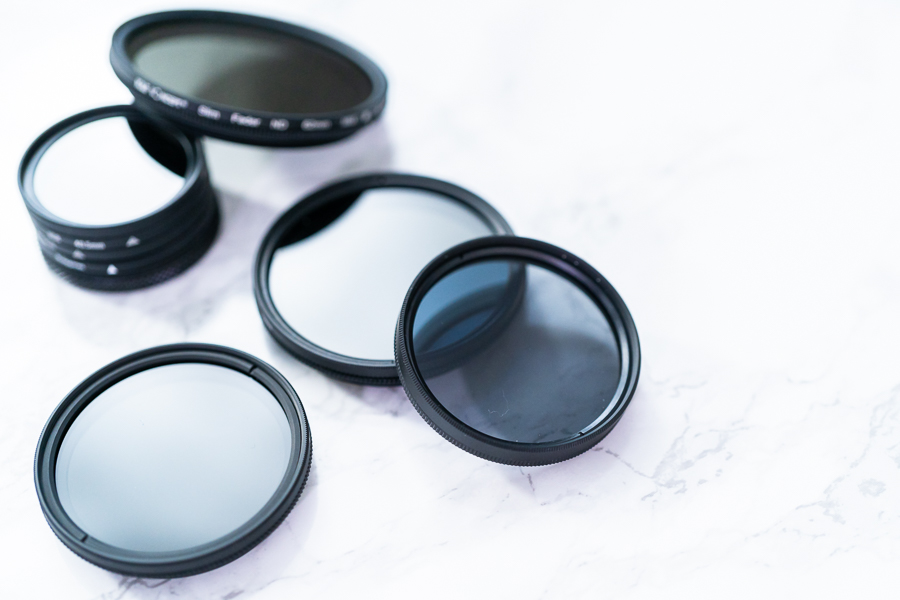
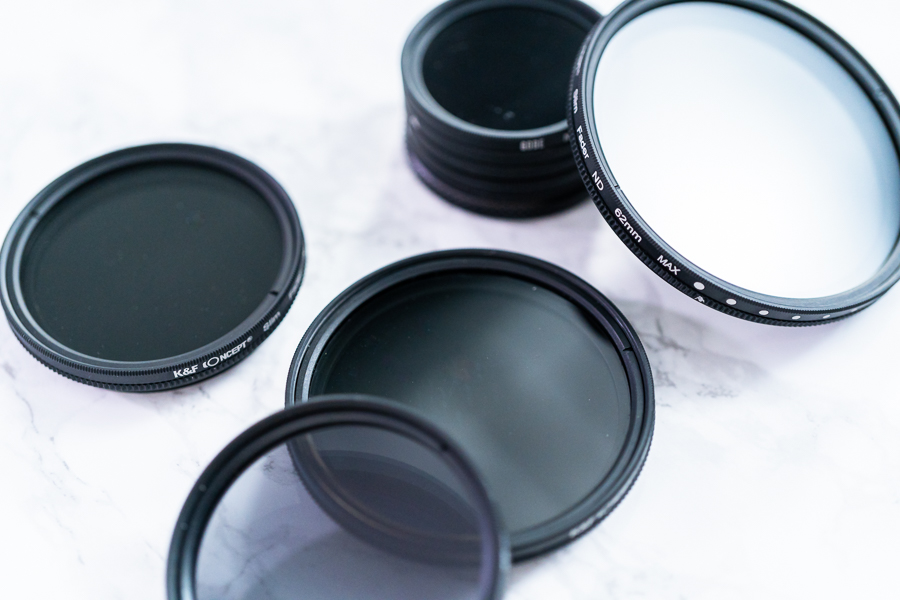
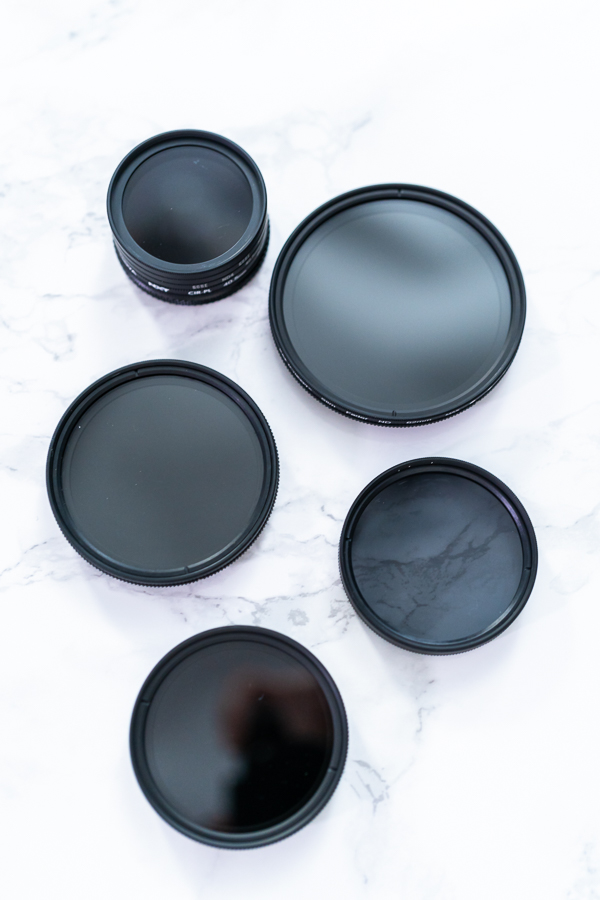

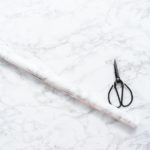


Leave a Reply